The P-3 Orion has been developed by the famed aircraft manufacturing division of the army named Lockheed to serve the US Army. This four-engine turboprop aircraft is used for the roles of maritime surveillance as well as for anti-submarine missions. The aircraft was introduced to the public back in the 1960s.

The design of the P-3 Orion is based on the model of the commercial airliner named L-188 Electra. The thing that makes the P-3 Orion distinguishable from Electra is the tail stinger aka the MAD Boom which is used in this aircraft for detection of submarine via magnetism.
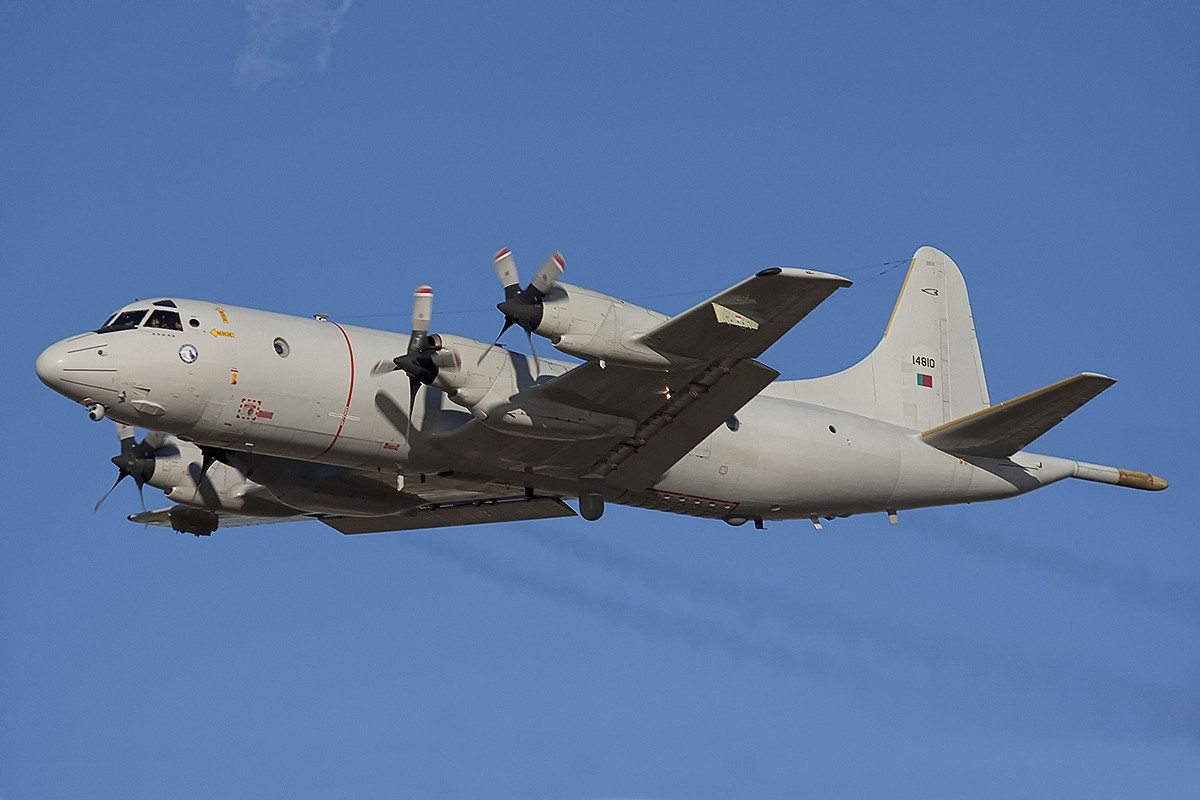
Over the course of its long life, the aircraft has been heavily exported to numerous air forces and navies of the world militaries and is still in use after certain modernizations in its electronic packages. The aircraft is still in use for following roles.
- Maritime patrol
- Reconnaissance
- Anti-surface warfare
- Anti-submarine warfare
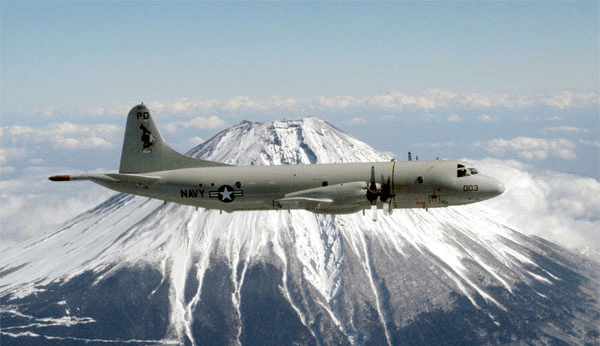
Lockheed produced nearly 753 of these bad boys that served not only SU army but also other world armies. In 2012, the P-3 Orion joined the list of the following aircraft that have served for more than 50 years of military service and still continue to serve on.
- Boeing B-52 Stratofortress
- Boeing KC-135 Stratoliner
- Lockheed C-130 Hercules
- Lockheed U-2 Dragon Lady
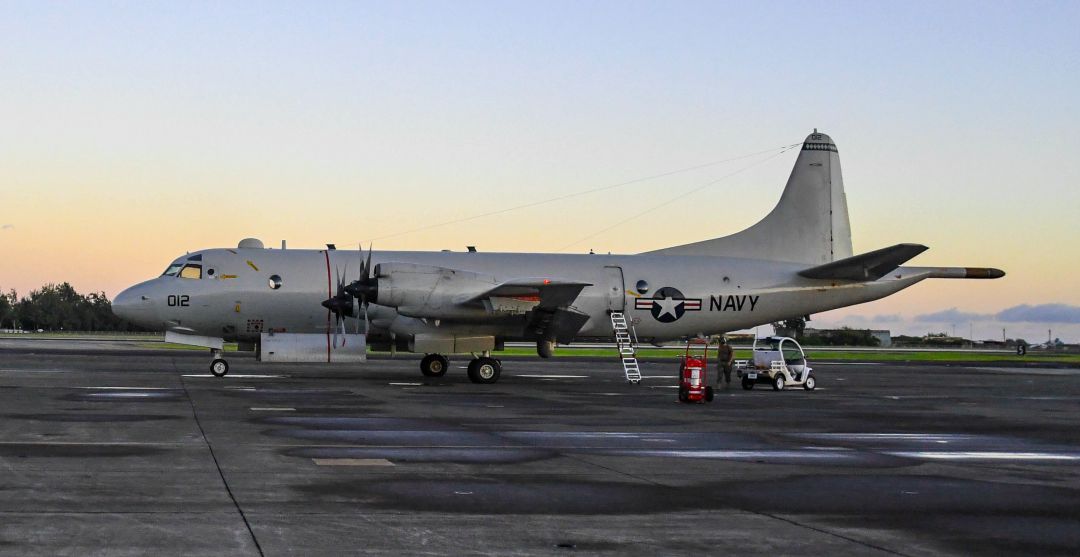
In the coming years, the P-3 Orion is going to end its service with US Navy after the Boeing P-8 Poseidon is going to replace the last of the P-3s.
For our readers today we have made a list of all the amazing facts about the Lockheed P-3 Orion which is as follows.
History of P-3 Orion:-
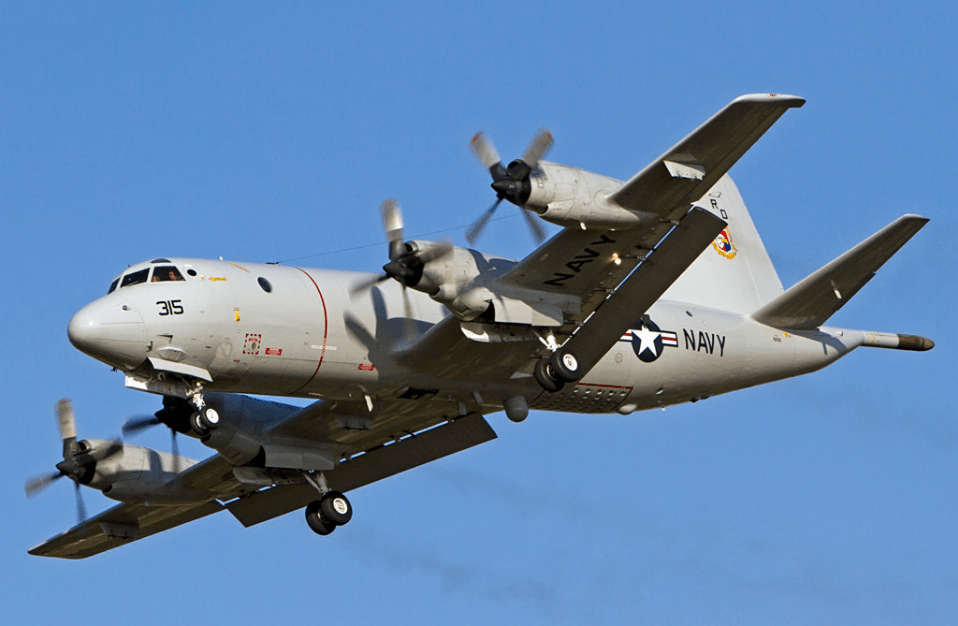
During the era of the Cold War, the submarine technology seemed to have seen new heights. The reason for this sudden rise in submarine technology was that the many nations across the world feared that the nuclear attack at that time was most likely to come from a submarine. These were also the fears and concerns of the militaries as well which prompted each world military to upgrade their efforts for anti-submarine measures and maritime surveillance. The first in that regard was the P-2 Neptune serving for the US Navy. This predecessor of P-3 was simply not capable of technological advancements that that would allow it to be a valuable asset for maritime patrolling.

To counter the problems of the P-2 like endurance, ribcage and better weaponry, Lockheed proposed the idea of an aircraft that had all of it in abundance as compared to P-2. The result was the P-3 Orion that was introduced back in 1962
Production:-
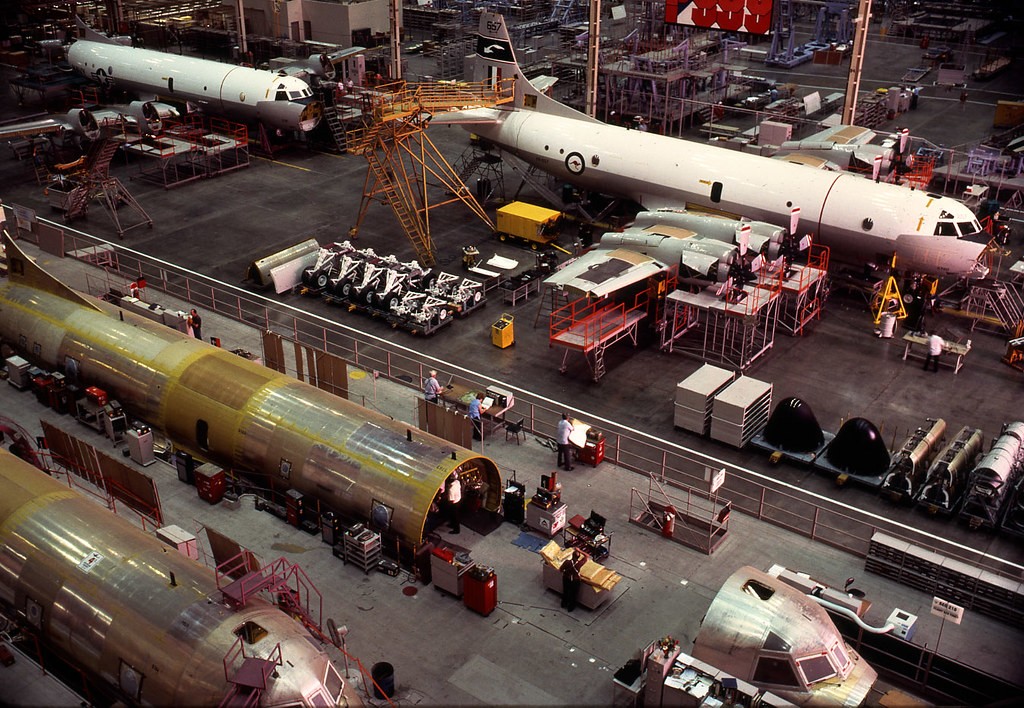
The production for the Lockheed P-3 Orion was started by the company back in 1957. To see the extent of as to how crucial of a project this was Lockheed put all of their information regarding to building a maritime aircraft, in the P-3 Orion project.
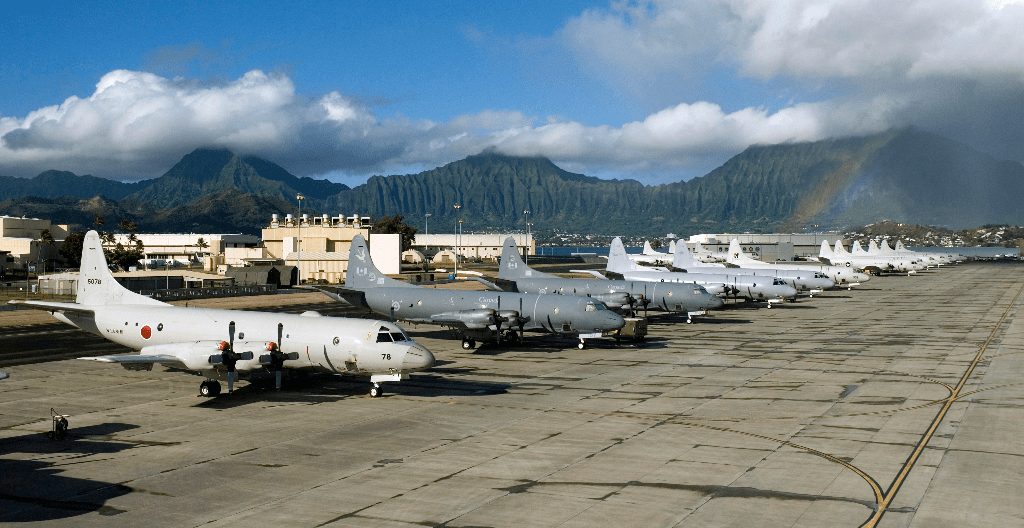
This aircraft was designed to have better range, increased endurance and on top of its amazing weapons capabilities for anti-submarine missions. The aircraft creators were building an aircraft that was to stay in service for a long time.
Variants:-
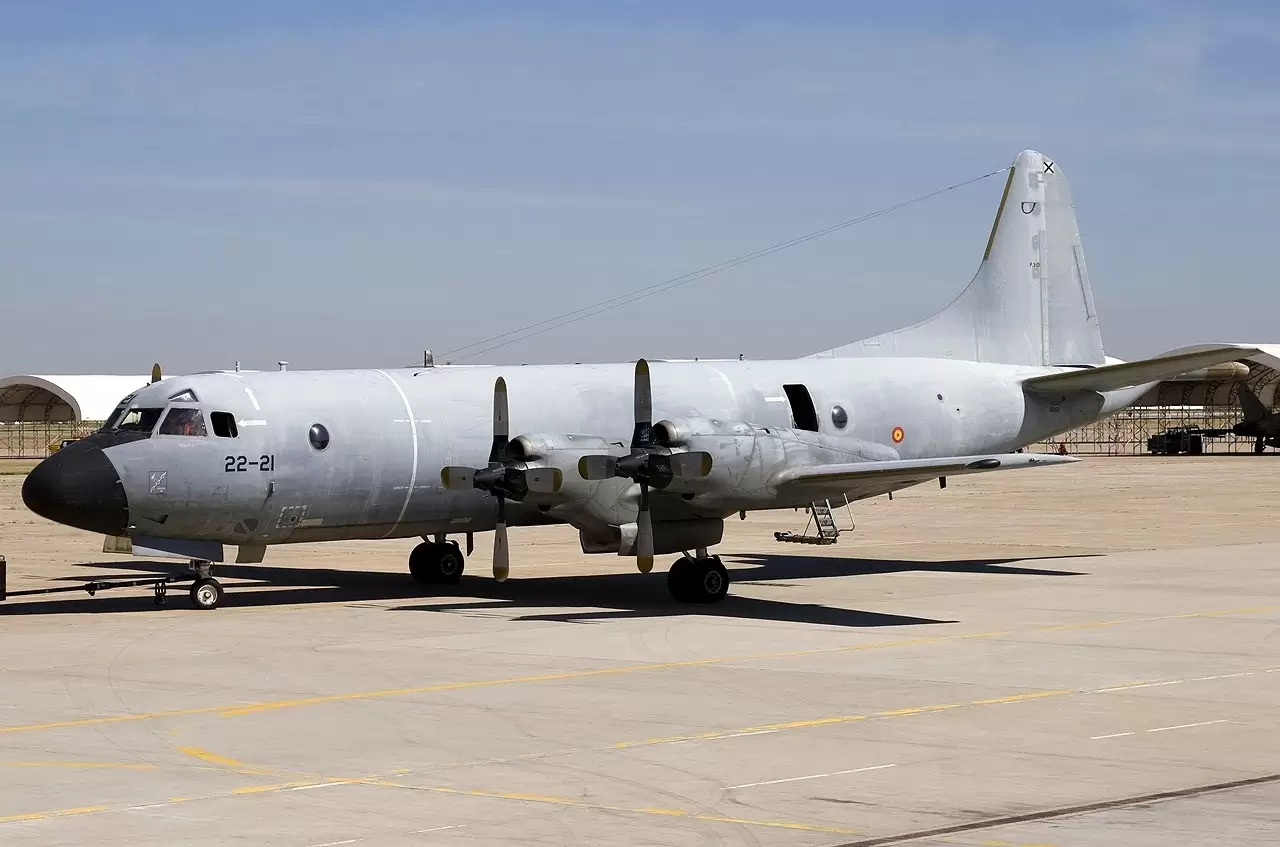
Lockheed when designing and manufacturing the aircraft decided to build three variants for P-3 Orion named as follows.
- P-3A
- P-3B
- P-3C
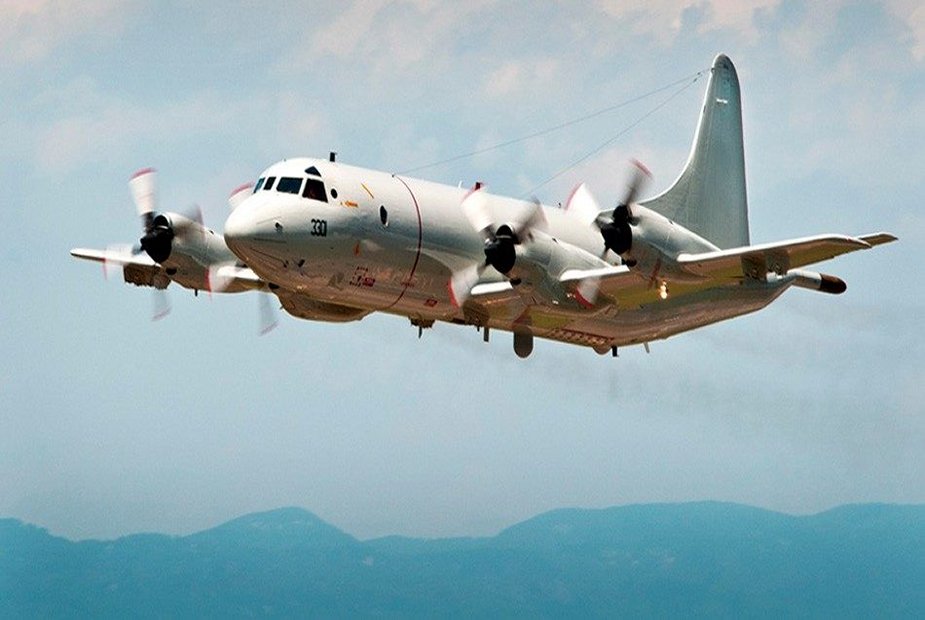
The last variant being P-3C was introduced for service back in 1969 and this later went on to be the model that was mass produced out of all three variants. The thing that made P-3C stands a step ahead of its other family members was the modifications carried out in its Computer Display Systems. This feature alone allowed it to be the most relevant maritime aircraft for nearly 50 years.
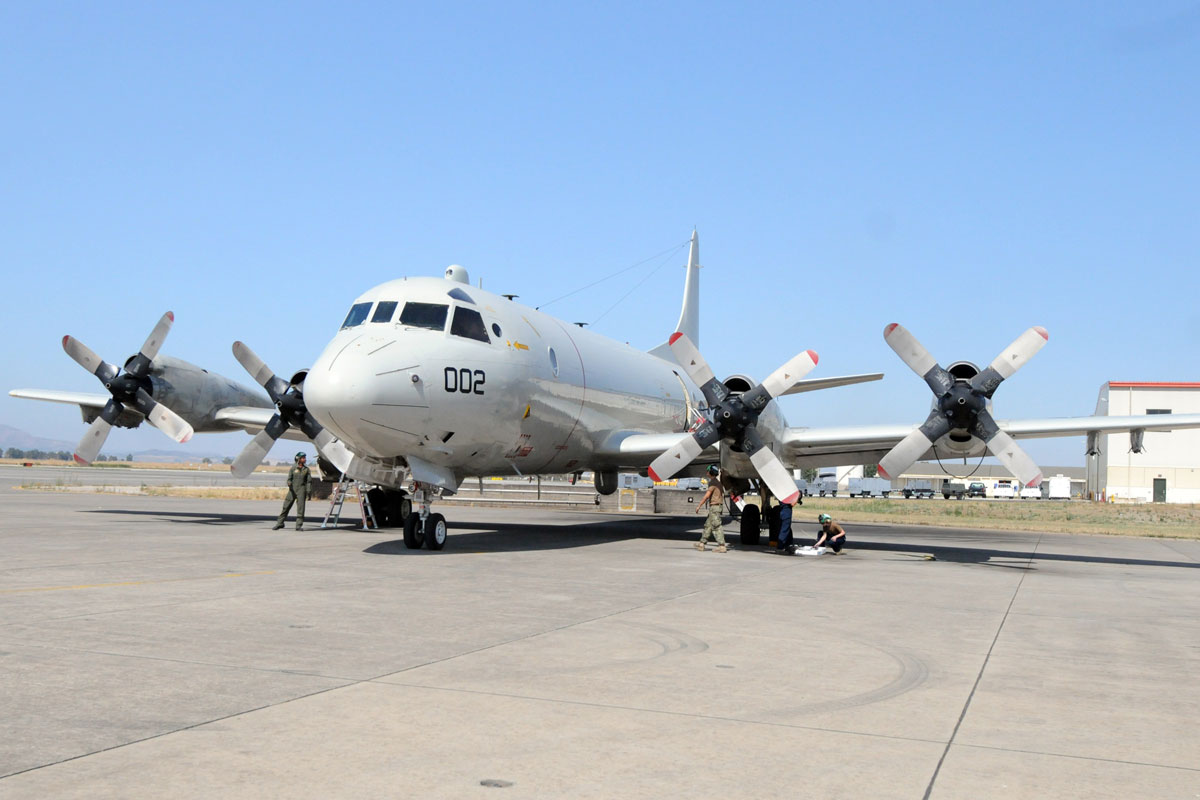
Unlike P-3C, the other two variants P-3A and P-3B used the analog system and P-3C at that time was the world’s very first maritime aircraft with a digital computer display system.
MAD (Magnetic Anomaly Detector):-

According to sources, the design of the P-3 Orion is based on the design of a commercial airliner L-188 Electra but it is easily distinguishable from Electra by its MAD boom. This MAD boom is actually detector for the magnetic anomaly which is fitted inside the tail of the P-3 Orion.

This system works by detecting any kind of magnetic anomaly in the magnetic field of the Earth surface which is mainly caused due to a submarine. But this system also comes with its own disadvantages as well as that it has a limited range and needs to fly near the hidden submarine while being at a low altitude making it an easy target.
DIFAR Sonobuoys:-
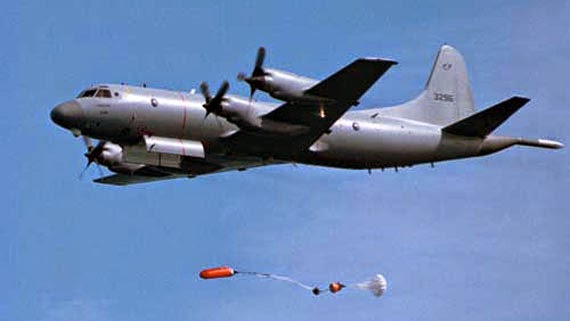
In order to counter the limited range of the MAD boom and the dangers of flying the aircraft too low of an altitude for detection, other advancements were made in the P-3 Orion.

The major modernization in its detection systems was the addition of the advanced sensors for submarine detection along with the DIFATR sonobuoys.
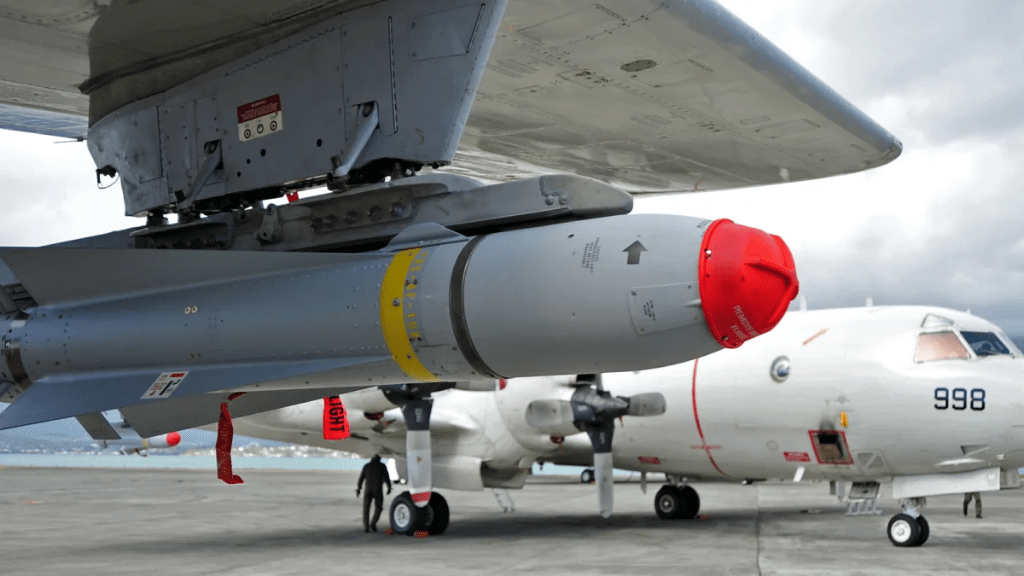
This DIFAR (directional frequency and ranging) sonobuoys would be ejected by the aircraft and would deploy information to the aircraft about the submarine underwater upon impact. They would function by emitting minute sound waves which would allow these sonobuoys to pin the location of the underwater submarine and relay it back to P-3 Orion.
Became much more than an Anti-Submarine aircraft:-
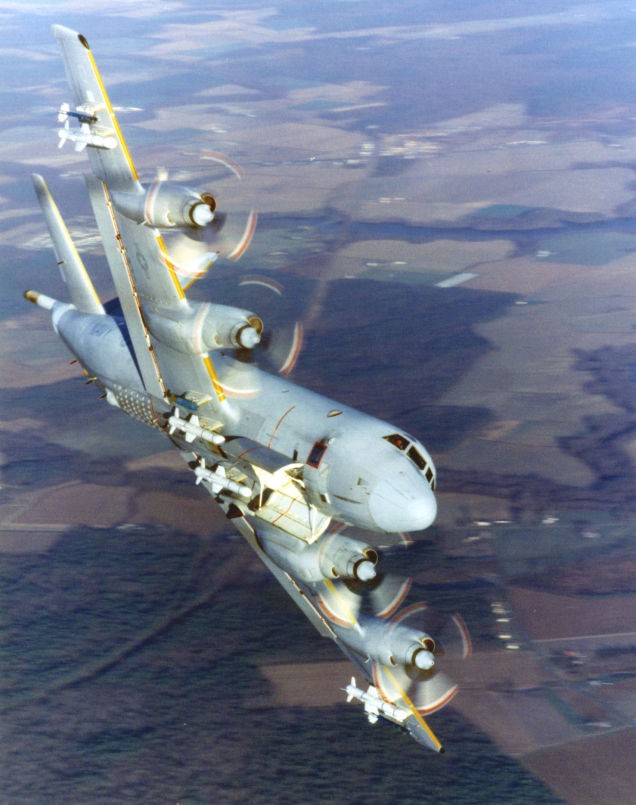
While the service that P-3 Orion did for the US military by collecting information during both the Cold War and Cuban Missile Crisis era is indispensable. The aircraft which revolutionized the world in maritime was no longer need for maritime services as the world no longer felt a threat from seas.
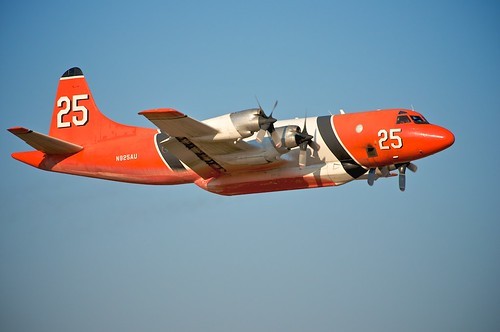
This saw the evolution of the P-3 into much more than being a submarine locator and to become an assistance aircraft for Navy and Air Force. The aircraft served roles like following.
- Fighting off forest fires
- Operate in the Middle East for surveillance missions
- Monitoring the wildlife and fishing areas
- Hunting down drug lords
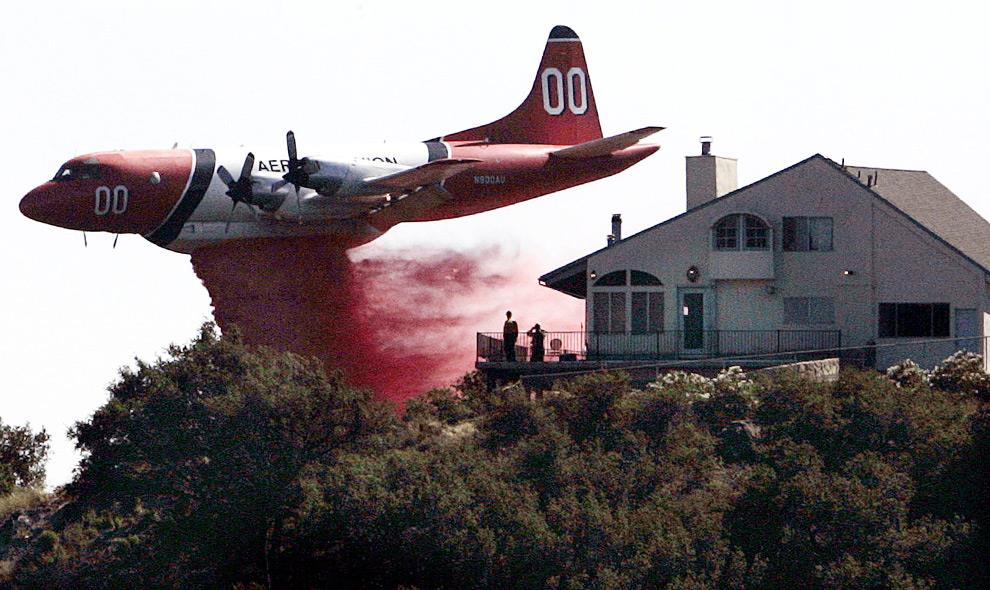
The aircraft also became the much need assistant for the Customs and Border Patrol of USA. This aircraft even was used by NASA for their weather research.
Conclusion:-
While this aircraft has joined the list of the few aircraft that have served the US for well over 50 years but the end of its service is near. The aircraft is soon going to be replaced by the P-8 Poseidon.
Related Content
Interesting Facts About The Boeing P-8 Poseidon: The Maritime Patrol Aircraft
Fascinating facts about the Alenia C-27J Spartan; The Joint Cargo Aircraft

